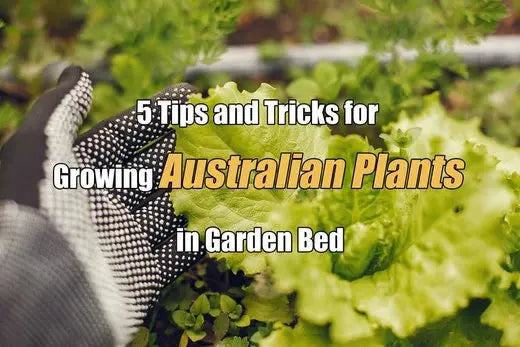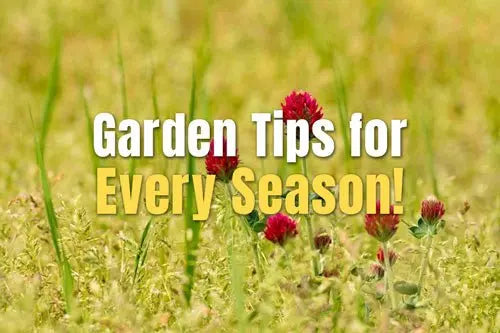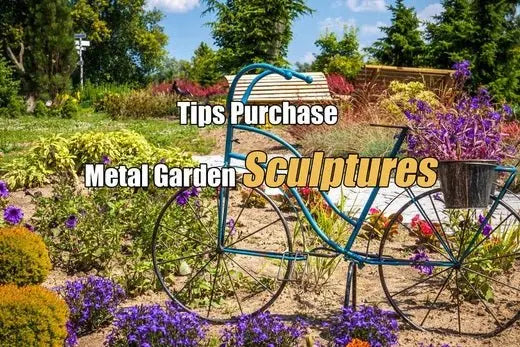Beginners Guide To Raised Bed Gardening
Gardening is both enjoyable and rewarding. What could be more enjoyable than eating food you've grown yourself or enjoying an evening meal on the patio while surrounded by the fragrance of scented plants you've nurtured? It can be difficult to determine when and how to start a garden, but we're here to help with this 'beginners guide To
Why grow your own?
Kitchen gardens can help improve your mental health.
Home -grown produce can help to improve our nutrition.
Gardening is considered to be an exercise.
Getting kids involved in the process educated them.
Essential starter kit
Trowel: The trowel will be your main workhorse.
Hand transplanter: A hand transplanter (with measuring marks on it) will make all the difference when you need to measure the right size hold for different plants.
Hand cultivator:
A hand cultivator will loosen soil that ends up packed over time.
Gardening gloves: Gloves will keep your hands clean and protect them.
Plant & Seed Recognition
Plant & Seed Terminology
Annual - A plant that has a one-year life cycle.
Biennial - A plant that has a two year life cycle.
Evergreen - A plant that keeps its leaves throughout the growing season.
Fertilizer- Material that is used to feed plants.
Germination- The beginning of a seed's growth.
Hardy- A plant that can withstand exposure to frost without protection.
Native- A term usually used to describe that was found growing in a given area before man introduced non-native plants.
Non-native or exotic- A term usually used to describe plants that were not found in an area before man arrived.
Perennial- A plant that lives for multiple growing seasons.
Pollination- The transfer of pollen from a flower's stamen to the pistil, which results in the forming of a seed.
10 Tips for Beginner Gardeners
Starting a garden, like buying real estate, is all about location. Place your garden in an area of your yard where you will see it on a frequent basis (out of sight, out of mind applies to gardening). You'll be far more inclined to spend time in it this way.
1. Find The Perfect Location
Starting a garden, like buying real estate, is all about location. Place your garden in an area of your yard where you will see it on a frequent basis (out of sight, out of mind applies to gardening). You'll be far more inclined to spend time in it this way.
Also read: Workable Position to Place the Metal Raised Garden Beds.
2. Consider The Sun
When you're initially learning to garden, it's easy to overestimate the amount of sunlight. Before deciding on a location for your garden, consider how the sun shines through your yard. The majority of edible plants, including many vegetables, herbs, and fruits, require at least 6 hours of sunlight to flourish.
3. Stay Near Water
Planning your new garden near a water supply is one of the best gardening suggestions you'll ever receive. Check that you can connect a hose to your garden site so that you don't have to haul water to it every time your plants become thirsty. Pushing a finger an inch down into the earth (approximately one knuckle deep) is the best technique to check if plants need watering. It's time to water if it's dry.
4. Begin With Great Soil
When developing a garden, one of the most important pieces of advice is to invest in nutrient-rich, well-drained soil. If you wish to plant in the ground, mix 3 inches of All Purpose Garden Soil into the top 6 to 8 inches of existing soil to achieve this perfect combination. Use Raised Bed Soil if you're planting in a raised bed; it's the ideal weight and texture for raised bed gardening.
5. Consider Containers
When space is limited, consider using planting containers. Vegetables, herbs, flowers, fruit trees, berries, and shrubs can all be grown in pots. When gardening in garden beds, choose a bed large enough to hold the plant and fill it with moisture control potting mix. It is not only carefully made to help plants thrive in pots, but it also protects against over-and under-watering.
6. Choose The Right Plants
It is critical to choose plants that are suited to your growing conditions. This includes placing sun-loving plants in a sunny location, selecting heat-tolerant species in hot climes, and providing ground-gobbling vines like pumpkins and melons with plenty of elbow room (or a trellis to climb). Do your research and choose types that will thrive where you live and in the space you have. And, to increase your chances of success when growing vegetables and herbs, start with vigorous young plants rather than trying to develop from seed.
7. Discover Your Zone
Knowing your "hardiness zone" might assist you in selecting the ideal plants. Simply described, it indicates the coldest environment in which a plant may grow. The warmer the climate, the higher the zone number. So, if a plant is "hardy to zone 4" and you live in zone 5, it will thrive in your garden. However, if you live in zone 3, that plant is too chilly to thrive.
8. Learn Frost Dates
Planting too soon (or too late) in the season might be disastrous for your garden. You must be aware of your area's last normal spring frost date to avoid accidentally killing plants by putting them out too soon. It's also a good idea to know your normal fall frost date so you can harvest or move your plants indoors before late-season cold harms them. Learn about the average
first and final frost dates in your area.
Also read: 6 Recommended Vegetables That Are Sweeter After Frosting in Garden Bed?
9. Add Mulch
Apply a2- to 3-inch layer of mulch around each plant. This will help to prevent weeds by blocking out the light, as well as reduce moisture loss through evaporation, requiring less watering. Lay down a layer of bagged mulch for a finished effect. Alternatively, you can use straw, shredded leaves, pine straw, or another locally accessible material.
Also read: What to choose the organic mulch for your raised garden bed?
10. Feed Plants Regularly
We have already discussed the necessity of starting with good soil, but that soil functions best when supplemented with frequent doses of high-quality nutrients for your plants. In other words, great soil combined with high-quality plant food equals outstanding garden success!
Conclusion
Infographic: Beginners Guide To Gardening



